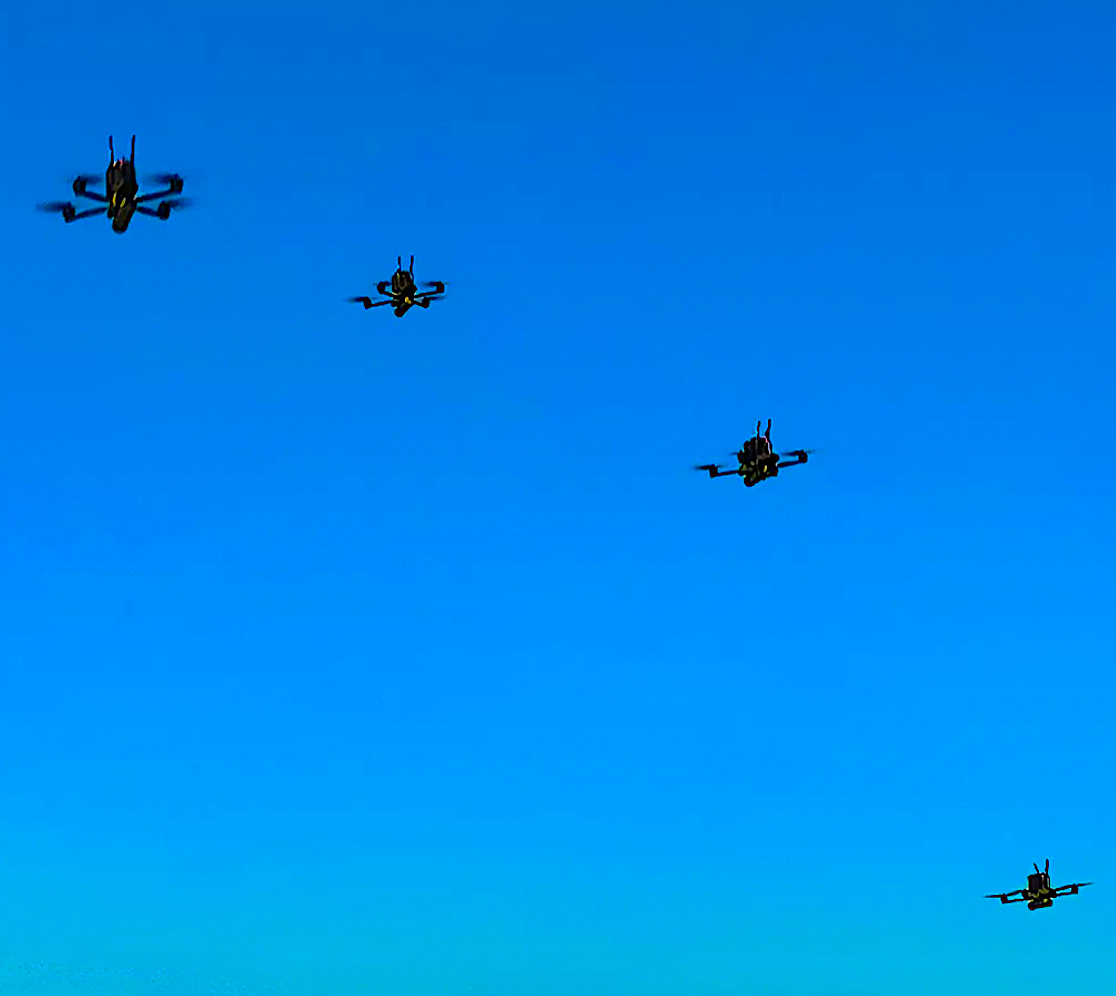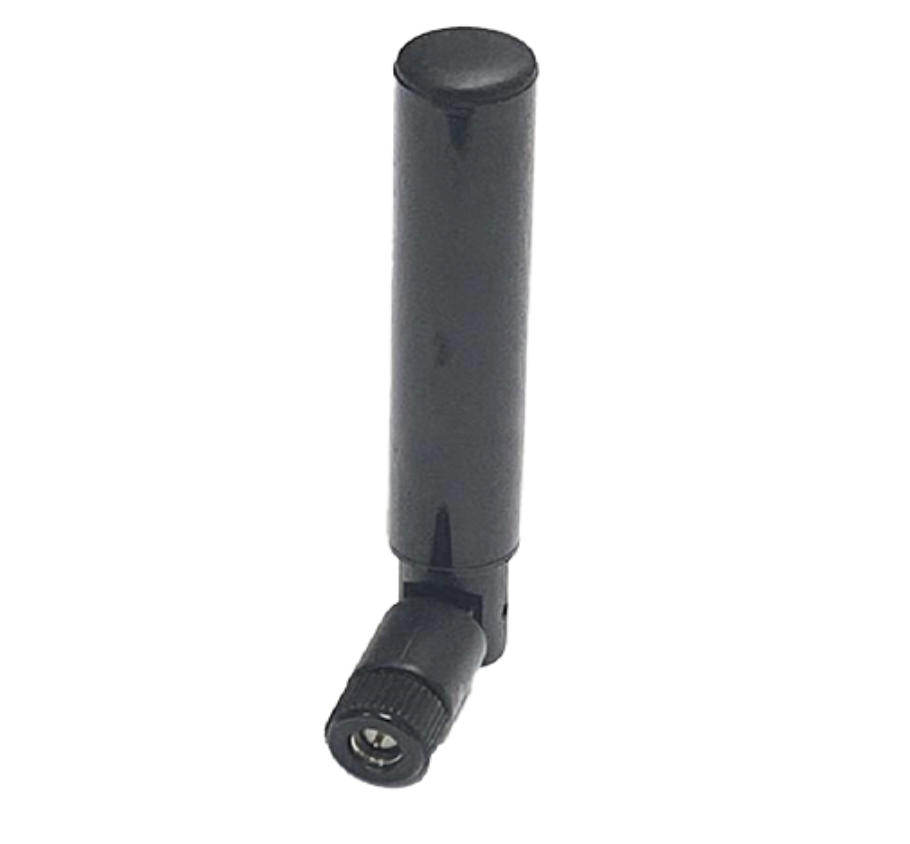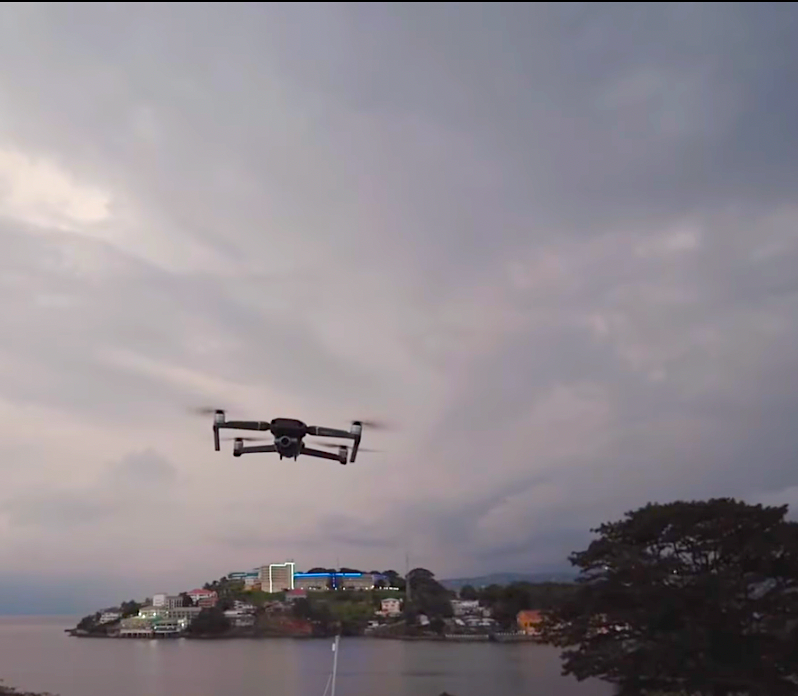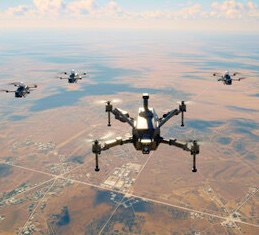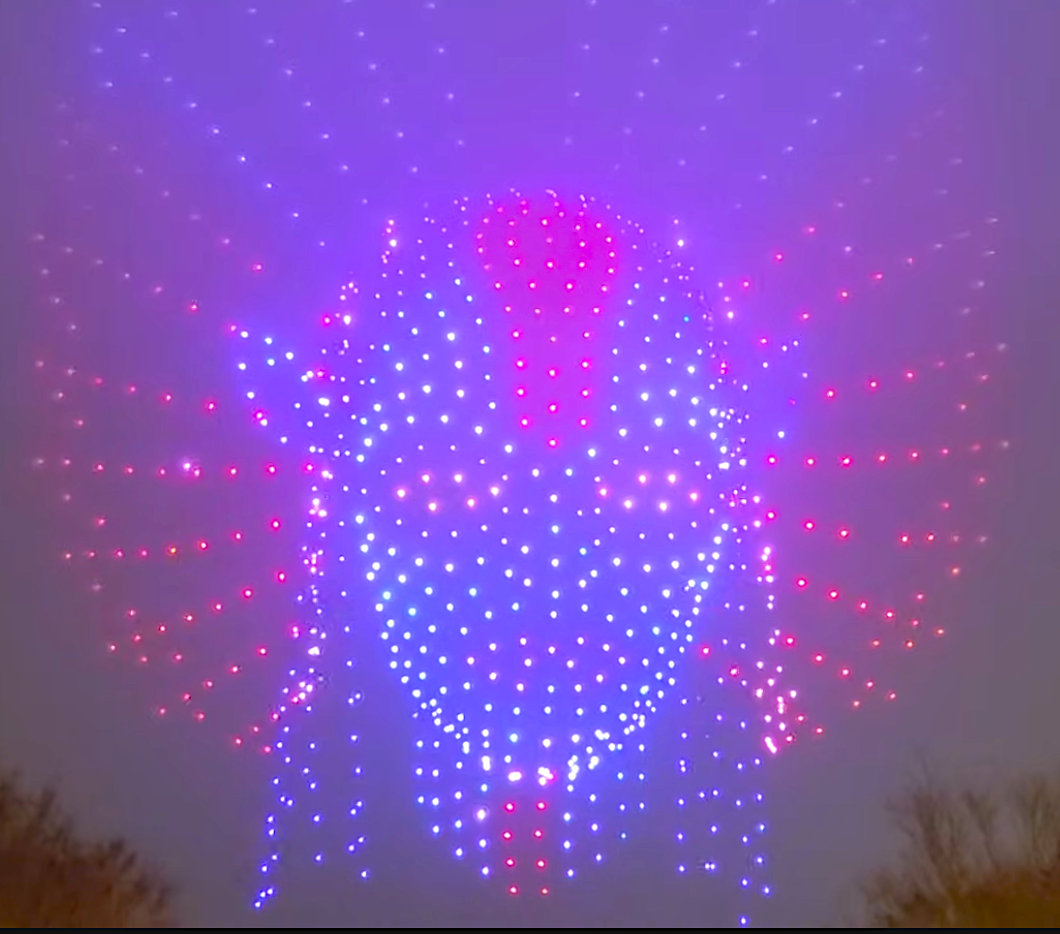Featured NewsTrending NewsReady for its closeup
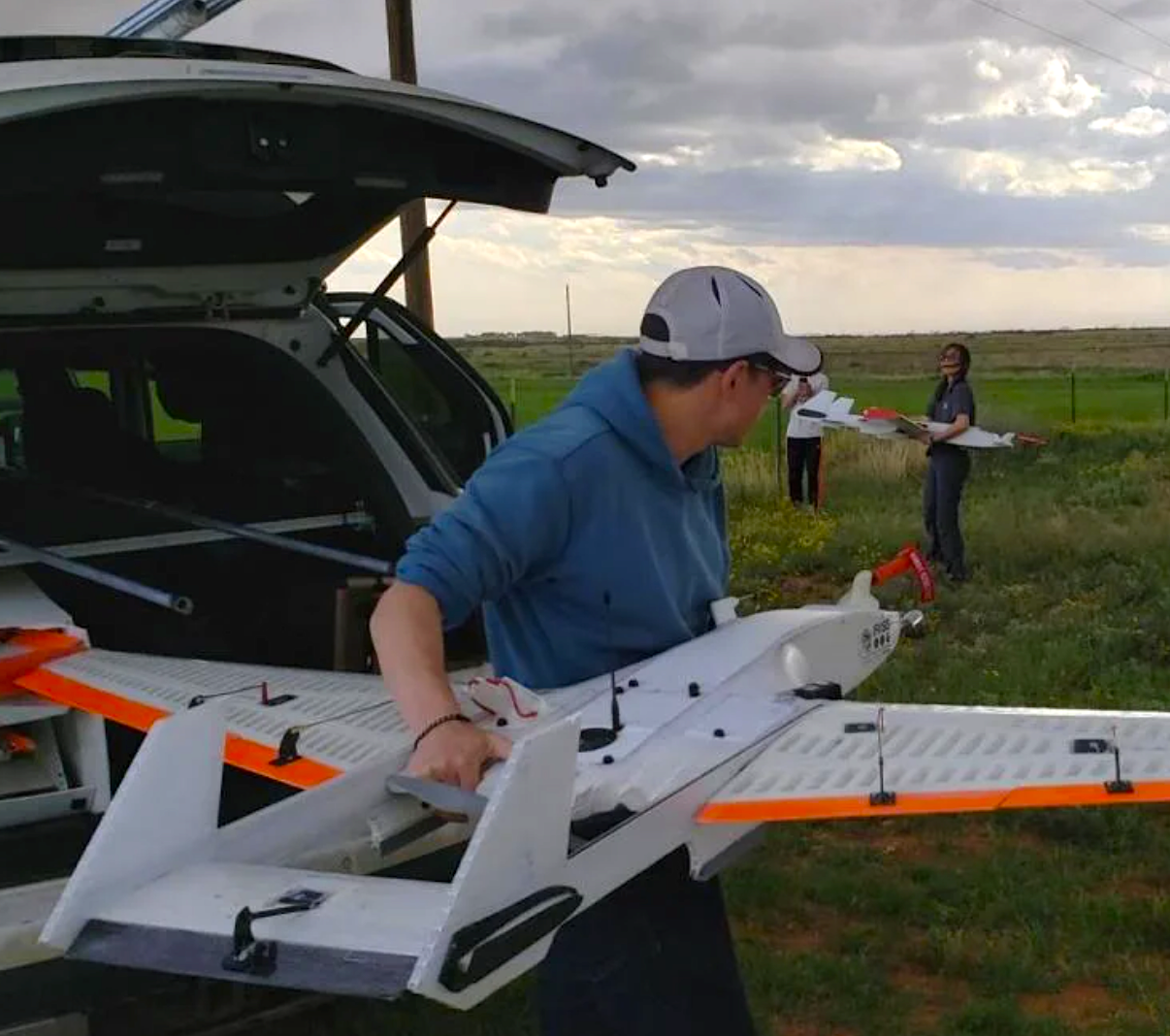
[Above photo of CU Boulder engineers readying a RAAVEN drone courtesy IRISS.]
18 July 2024
In the trailer for the summer blockbuster Twisters, a storm-chasing drone zooms towards twin tornadoes. While the movie scene presages the stormy thrill rides ahead, Colorado University Boulder professor Brian Argrow was excited for a different reason when he first saw the trailer during the Super Bowl LVIII halftime in February.
The film's drone is a replica of the real RAAVEN UAS designed by researchers at CU Boulder's IRISS (Integrated Remove and In-Situ Sensing) program, and Argrow is the drones lead developer.
“When the trailer came on I was shocked when the RAAVEN appeared," says Argrow. "I thought, 'This really is a big movie!' I said to my wife, ‘Did you see that? That’s a RAAVEN!’”
Argrow had been contacted by a film crew in April 2023 for permission to create a radio-controlled model of the RAAVEN, but he had no idea the request was for one of the most anticipated—and massively hyped—popcorn flicks of the summer.

Twisters trailer scene with the RAAVEN facsimile on the hunt.
But whetherTwisters does big box office or fails, RAAVEN is already a legend.
Since its "opening" in 2017, RAAVEN has played a starring role in TORUS (Targeted Observation by Radars and UAS of Supercells)—a research initiative seeking to collect data and understand how supercell thunderstorms ramp up and become tornadoes. One of the goals of the project is to improve early tormado warnings across the USA.
To track storms, RAAVEN can fly up to 90 mph and stay aloft with three hours of battery life. Conventional rotary-wing drones can't catch a storm moving at anywhere from 30 mph to 60 mph, and their batteries can run out before enough data is collected.

